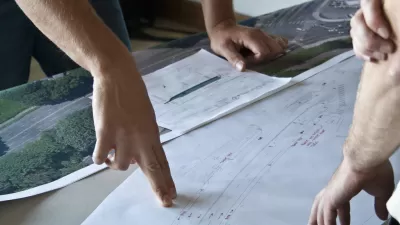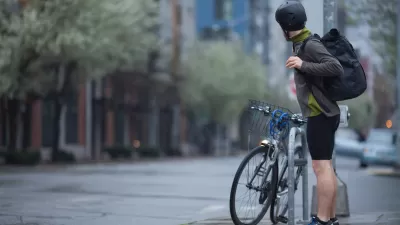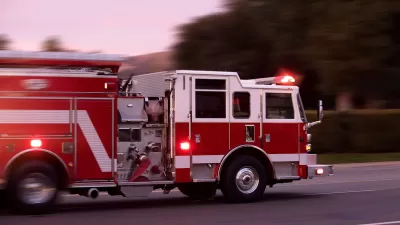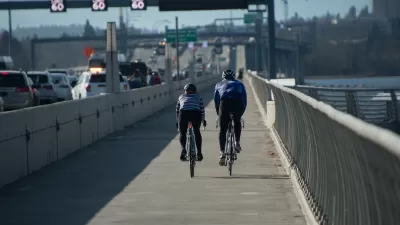Slowing traffic by reducing the width of lanes should not be a one-size fits all approach to reaching Vision Zero.

The idea of putting roads on diets—essentially shrinking the width of driving lanes to slow vehicles down—is a common topic in the recent discourse of how we reduce traffic fatalities down to zero. Multiple cities around the world have instituted such policies by shrinking lanes for vehicular traffic and adding bicycle and pedestrian improvements.
Cathy Tuttle, writing in The Urbanist, argues that while reducing the width of lanes on urban streets is a key component in slowing traffic to make streets safer for all users, the same may not hold true for highways and other designated truck and transit routes. Citing the fatal crash of a Duck Boat on Seattle’s Aurora Bridge in September, Tuttle notes that the bridge stands out as an example of where narrower is not necessarily better for promoting safety.
“… Federal standards for highways recommend 12-foot lanes, in addition to shoulders wide enough for emergency parking and median barriers. Most lanes along I-5 are 12 feet wide. The Aurora Bridge lanes are 9.5 feet wide…
Lanes on highways need to be wide to accommodate wide vehicles moving quickly. Traffic on the Aurora Bridge is posted 40 MPH, while people driving average more than 10 miles an hour faster (p.19 here [PDF]). The Aurora Bridge has had 144 crashes since 2005.”
FULL STORY: Let's Talk About Lane Width

Maui's Vacation Rental Debate Turns Ugly
Verbal attacks, misinformation campaigns and fistfights plague a high-stakes debate to convert thousands of vacation rentals into long-term housing.

Planetizen Federal Action Tracker
A weekly monitor of how Trump’s orders and actions are impacting planners and planning in America.

In Urban Planning, AI Prompting Could be the New Design Thinking
Creativity has long been key to great urban design. What if we see AI as our new creative partner?

How Trump's HUD Budget Proposal Would Harm Homelessness Response
Experts say the change to the HUD budget would make it more difficult to identify people who are homeless and connect them with services, and to prevent homelessness.

The Vast Potential of the Right-of-Way
One writer argues that the space between two building faces is the most important element of the built environment.

Florida Seniors Face Rising Homelessness Risk
High housing costs are pushing more seniors, many of them on a fixed income, into homelessness.
Urban Design for Planners 1: Software Tools
This six-course series explores essential urban design concepts using open source software and equips planners with the tools they need to participate fully in the urban design process.
Planning for Universal Design
Learn the tools for implementing Universal Design in planning regulations.
Gallatin County Department of Planning & Community Development
Heyer Gruel & Associates PA
JM Goldson LLC
Mpact (founded as Rail~Volution)
City of Camden Redevelopment Agency
City of Astoria
Jefferson Parish Government
Camden Redevelopment Agency
City of Claremont





























